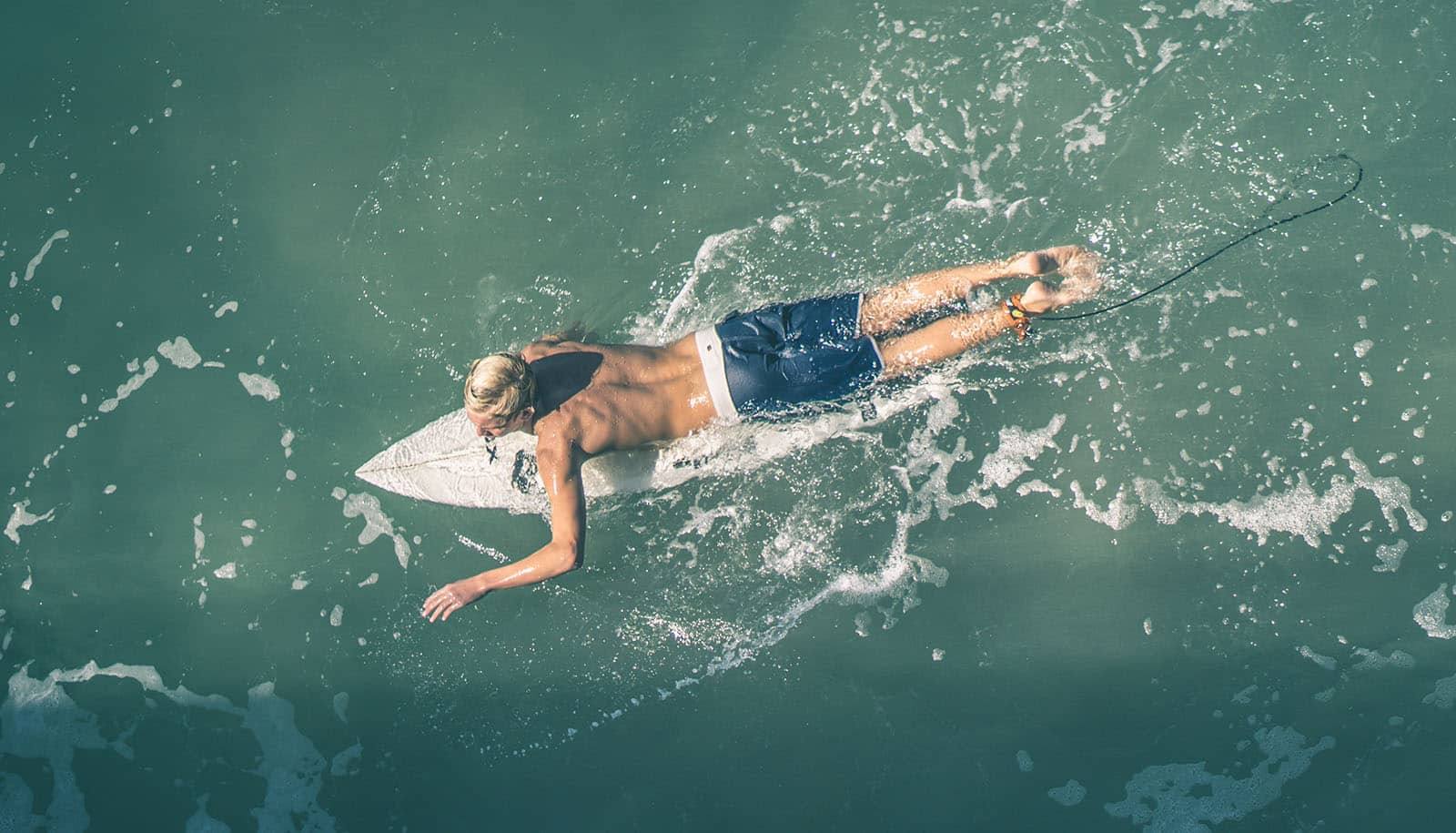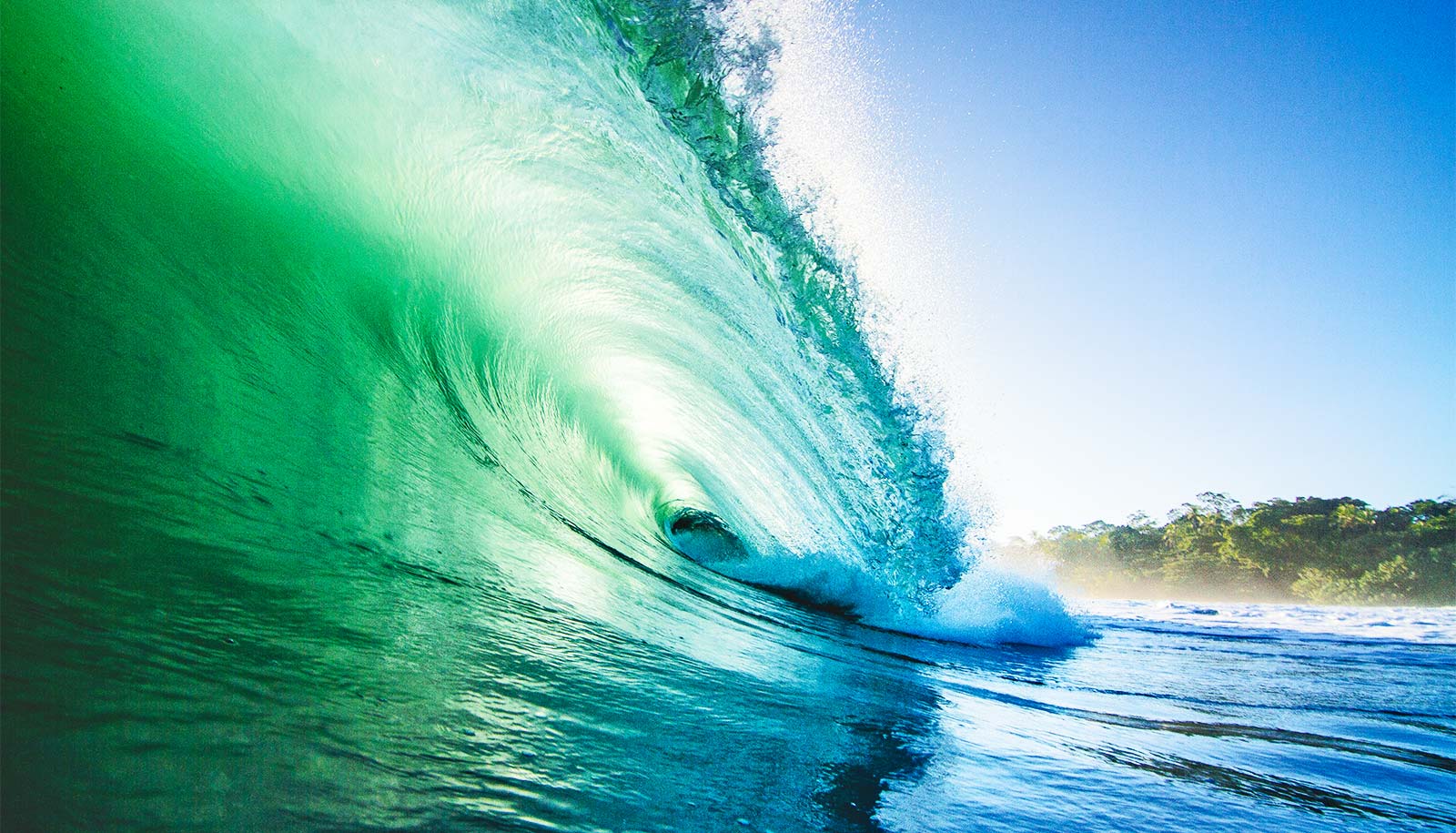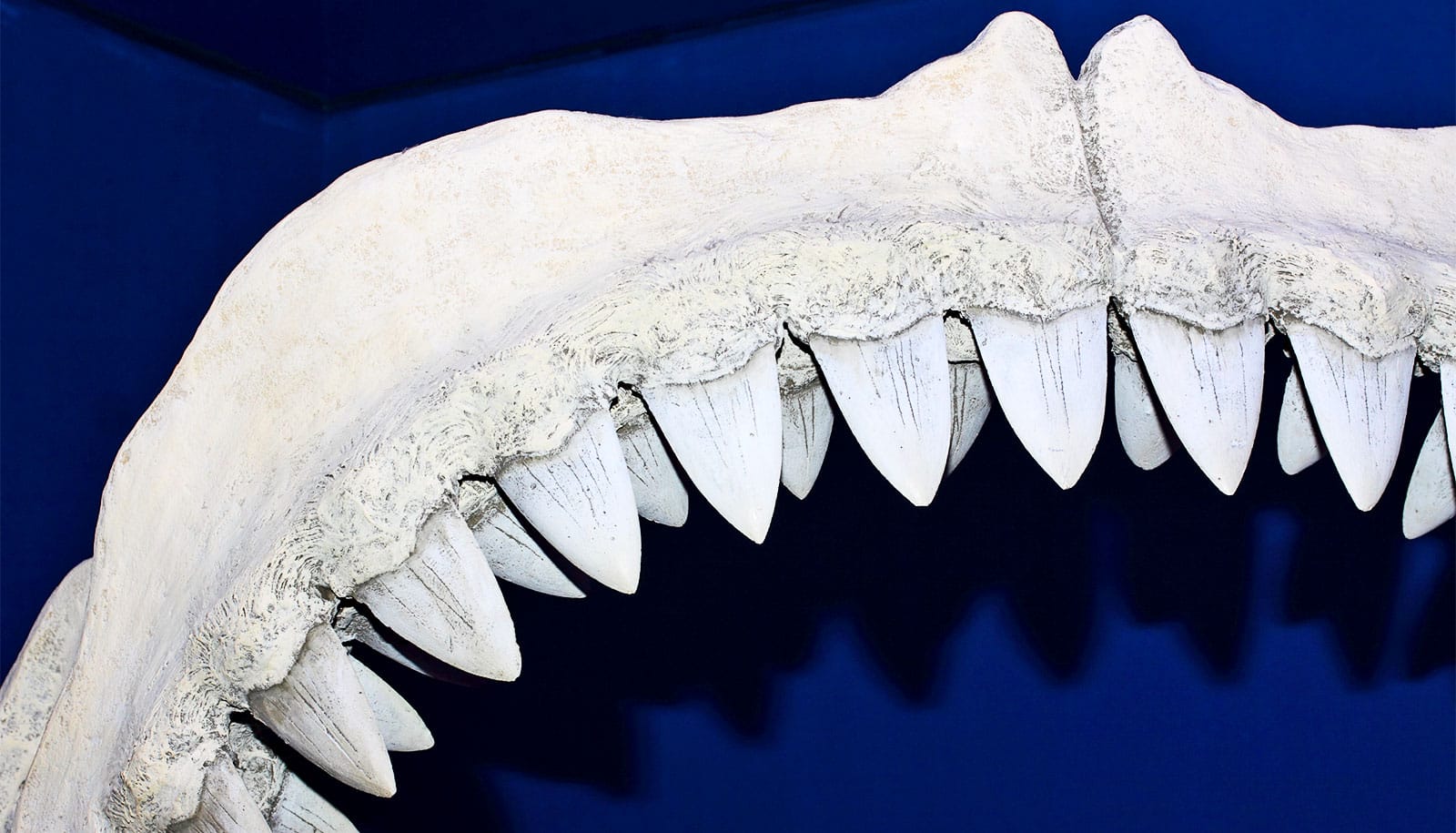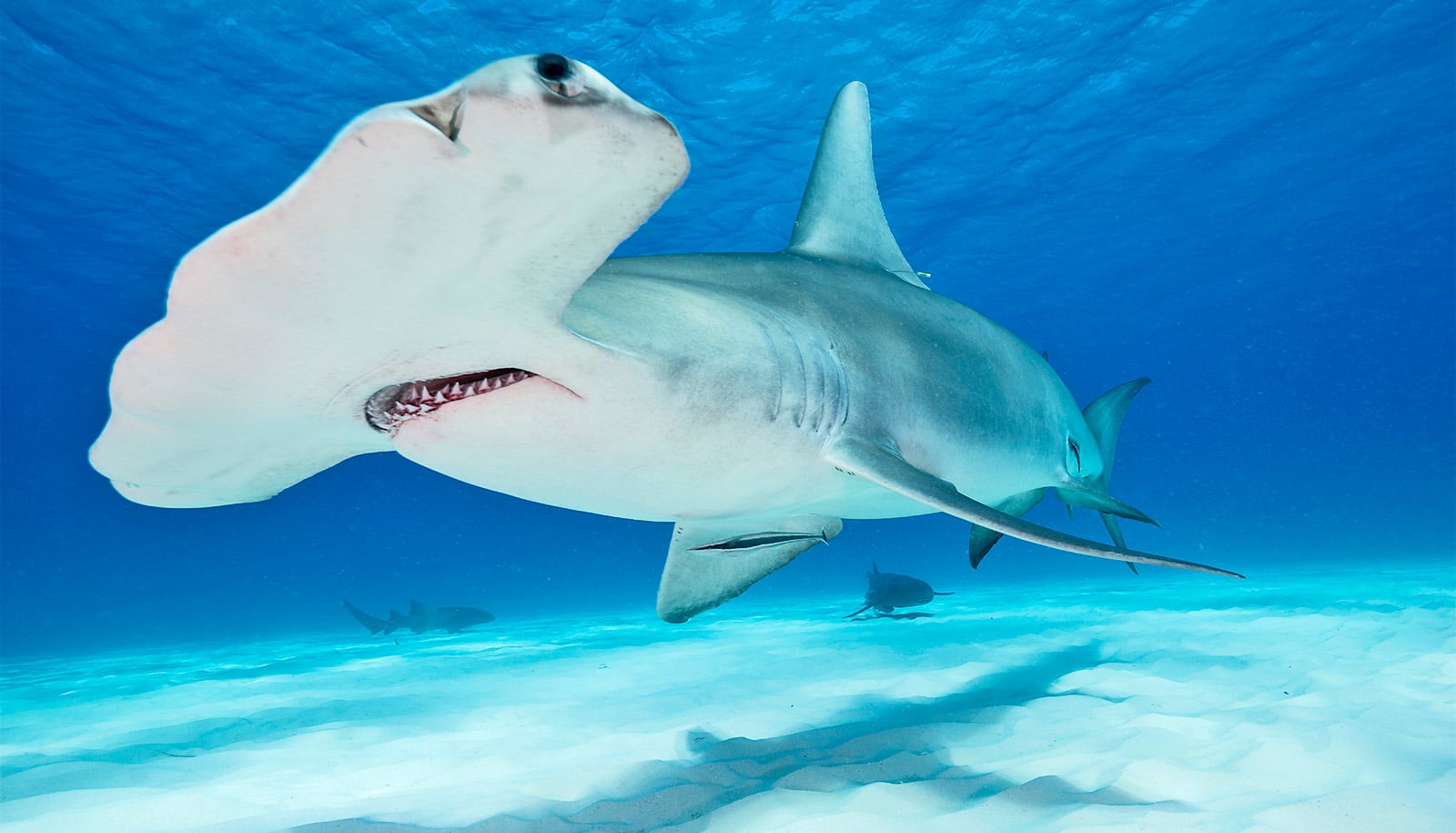After 2015’s record-busting 98 shark attacks, scientists reported 81 unprovoked attacks worldwide in 2016, in line with the five-year average of about 82 incidents annually.
“The ocean is a foreign environment to humans, and when we enter the sea, we’re entering a wilderness.”
Attacks worldwide remain on a slow upward trend as the human population grows and aquatic sports become more popular, says George Burgess, curator of the University of Florida’s International Shark Attack File, housed at the Florida Museum of Natural History.
“A shark attack is a human phenomenon,” says Burgess, who explains that 2015’s spike in attacks was influenced by warmer waters produced by El Niño. “Sharks are a natural part of the ecosystem. The ocean is a foreign environment to humans, and when we enter the sea, we’re entering a wilderness.”
Satellites find spots where sharks may be overfished
In 2016, four of the attacks were fatal, a drop from six total fatalities the previous year. While the United States had no fatal attacks in 2016, it topped the leaderboard for the most attacks globally, with 53.
South Africa had fewer incidents than normal, with only one non-fatal attack. Australia, another shark attack hotspot, had 15, including two fatalities. In the South Pacific, the French territory of New Caledonia has emerged as “an area of concern” with four attacks in 2016, including two fatalities.
In the US, Florida had the greatest number of attacks—32—accounting for about 60 percent of attacks in North America and about 40 percent of the global total. Hawaii had 10 attacks, followed by California with four, North Carolina with three, South Carolina with two, and single attacks in Texas and Oregon.
The database, which tracks shark attacks globally, defines unprovoked shark attacks as those initiated by a shark in its natural habitat. Many of these incidents might be more accurately called “human-shark interactions,” Burgess says since not all attacks cause injury, and they can include a rough bump from a shark or a bite on a surfboard.
Fifty-eight percent of the attacks worldwide involved board sports. Surfing, boogie boarding, and paddle boarding produce kicking and splashing—the kind of water disturbance that can draw a shark, Burgess says.
Shark gives birth after storing sperm for 45 months
“Sharks are attracted to irregular activity, especially with the inevitable wipeout and the big splash that follows. If you have a shark trailing, that’s often when it will strike.”
How to fend off an attack
Although shark attacks have gradually increased, the number of fatal attacks has consistently fallen over the past century, says Lindsay French, database manager for the Florida Program for Shark Research and the attack file.
Researchers attribute this decline to improved safety practices on beaches, better medical treatment, and growing public awareness of how to avoid potentially dangerous situations.
While the chances of being injured or killed by a shark are “infinitesimal,” Burgess says, the ISAF offers recommendations for how to lower the risk of a shark attack or fend off an attacking shark.
While the human population is skyrocketing, many shark species are on the decline. Threatened by overfishing and loss of habitat, sharks’ complex life history makes it difficult for them to rebound quickly. As major predators, their numbers are inherently low compared with other smaller marine species, and their slow sexual maturation process, year-long pregnancies and long lifespans compound the obstacles to rebuilding populations.
“Once shark populations are down, recovery takes a long, long time,” Burgess says. “They hold a special place in their ecosystem, and a loss at one node in the web of marine life is going to have an effect on the overall system.”
Source: University of Florida



